These 18 'Very High Threat' Volcanoes Could Wreak Havoc On The US
Mount Akutan, in the Alaskan Aleutian Island chain, last erupted in 1992, releasing ash and steam for nearly three months.

In May of 2005, Augustine Volcano in Alaska began experiencing a number of "microearthquakes," which built to explosive eruptions of ash that reached nine kilometers above sea level.
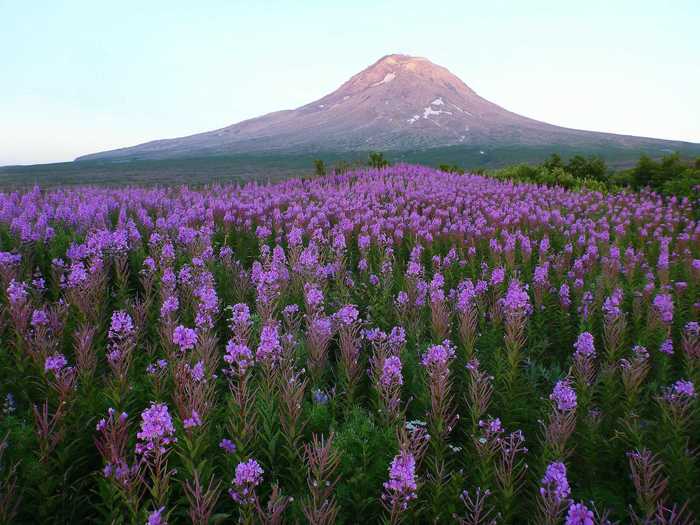
Makushin Volcano, located in the Aleutian island chain of Alaska, has erupted 34 times in the last 250 years— most recently in 1995.
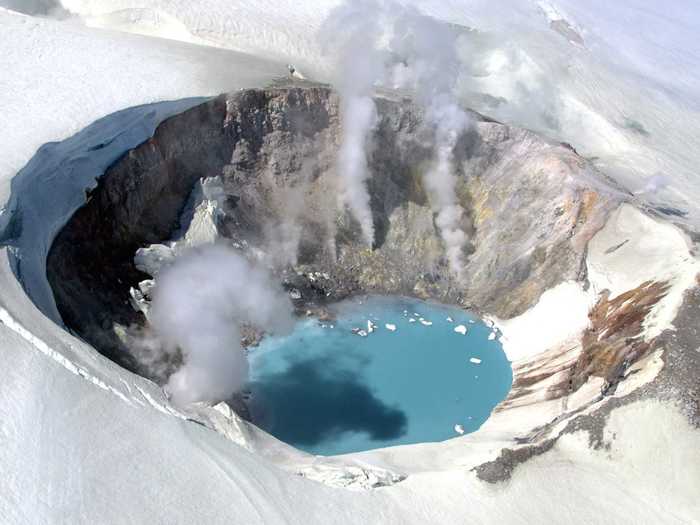
Mount Redoubt, also in Alaska's Aleutian island chain, was placed on watch for aviation purposes as recently as 2010. It last erupted in 2009, shutting down the Ted Stevens International Airport in Anchorage for 20 hours.
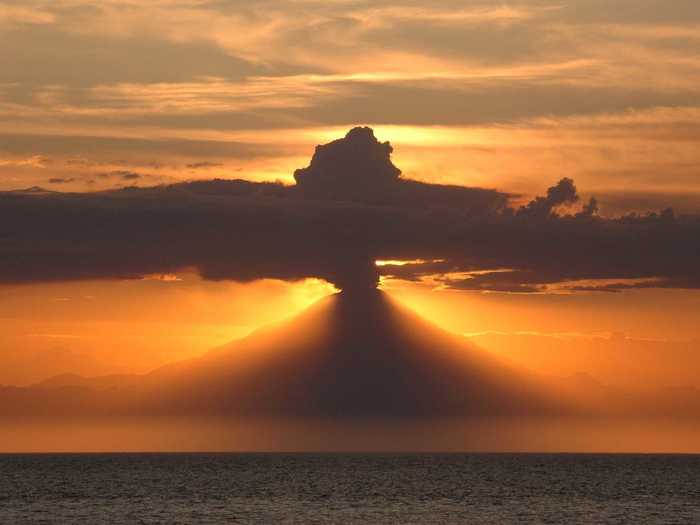
Mount Spurr, the highest volcano in the Alaskan Aleutian arc, last erupted in 1992, depositing ash over the city of Anchorage.
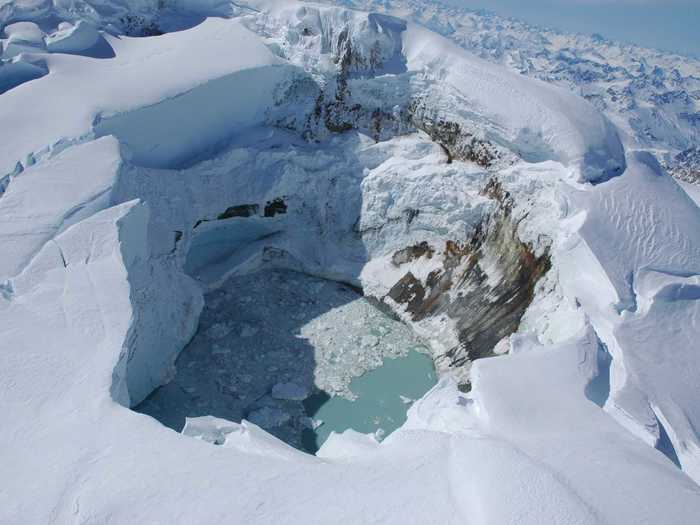
Lassen Peak is the southernmost volcano in the Cascade Volcanic Arc, which stretches down from British Columbia. An explosive eruption in 1915 devastated the surrounding area and rained ash as far as Nevada.
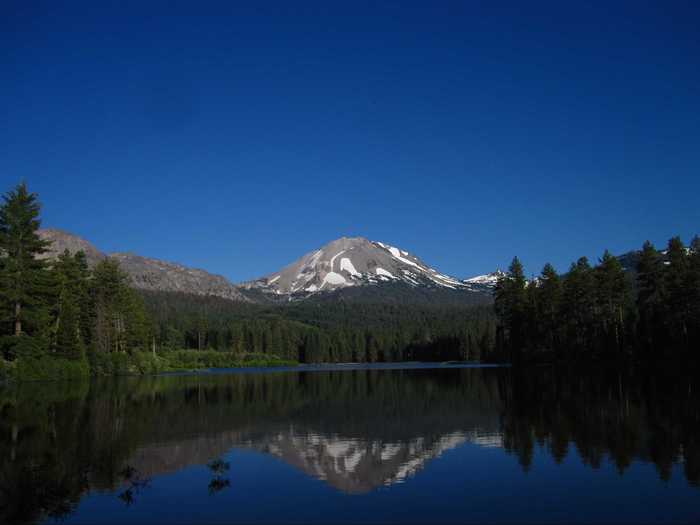
Long Valley Caldera, located in eastern California, has shown signs of unrest as recently as the 1990s, indicating that explosive eruptions are likely in the future.
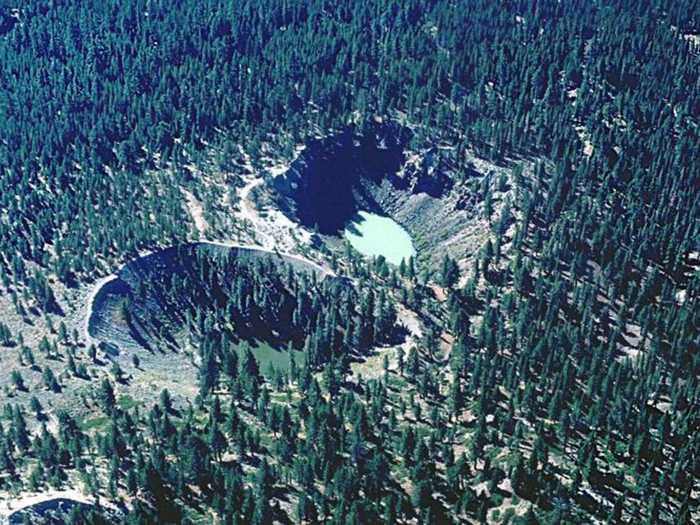
Mount Shasta, in Northern California, last erupted in 1786. The next eruption likely produce ash columns up to five miles high, as well as avalanches of hot rock and swift mudflows that would flood the surrounding area.
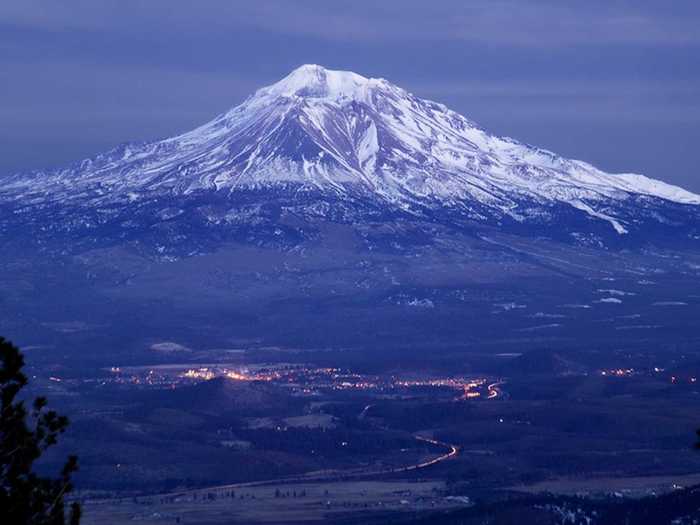
Hawaii's Kilauea has been erupting almost without interruption for more than three decades. Recently, lava flow from the eruption came within a mile of a residential zone, forcing an evacuation.
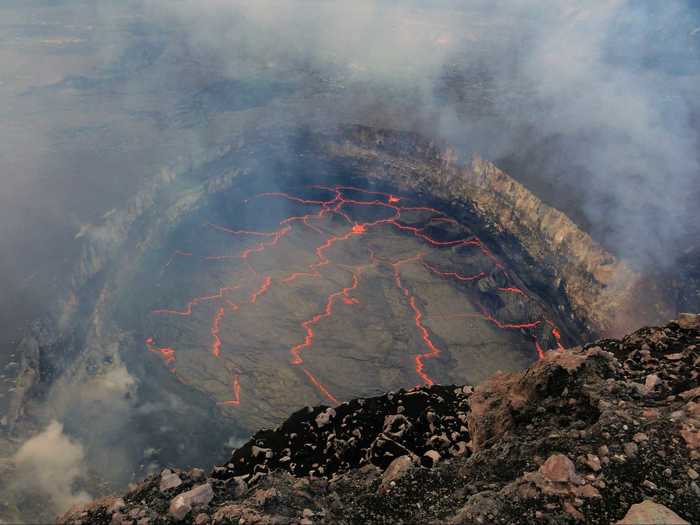
Mauna Loa, also in Hawaii, is the largest active volcano in the world. It last erupted in 1984, and currently shows elevated seismic activity.
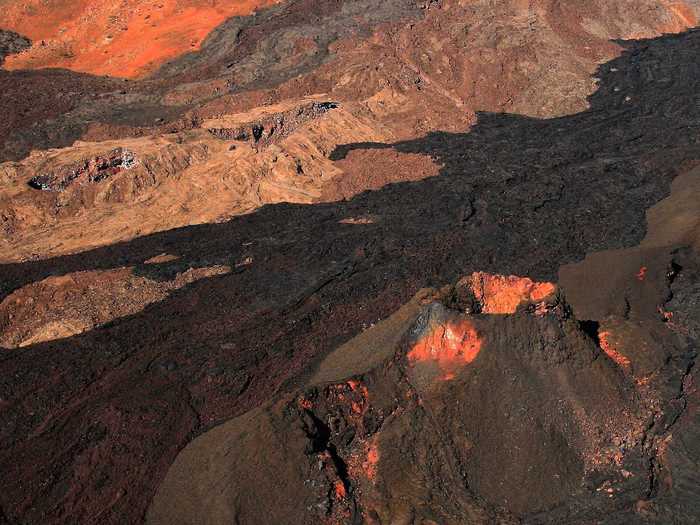
Crater Lake Caldera, in Oregon, was formed when a volcano named Mount Mazama erupted violently 7,700 years ago. The interaction between magma and water is likely to produce explosive eruptions in the future.
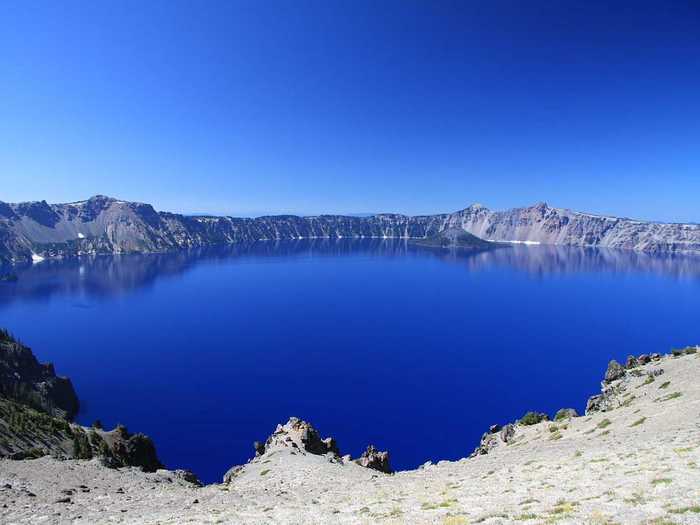
Mount Hood, the highest peak in Oregon, last erupted in the 18th century. When it erupts again, it could cause billions of dollars in damage to infrastructure and buildings, and threaten lives in nearby Portland.
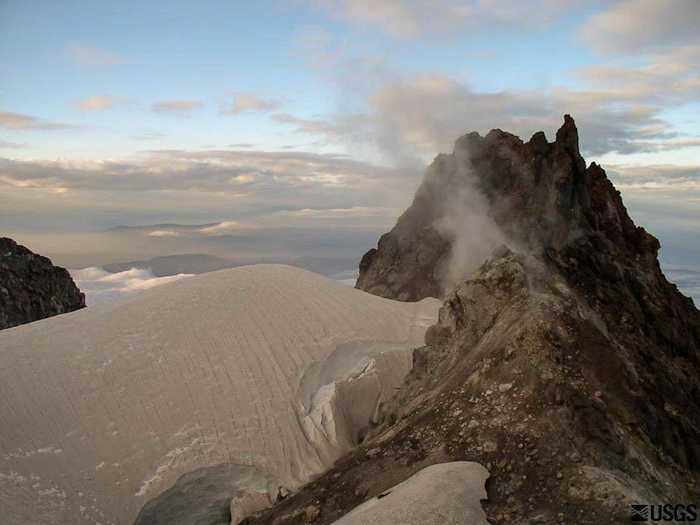
Oregon's Newberry Volcano last erupted 1,300 years ago, but the presence of hot springs and relatively recent lava flows suggest it could erupt in the future.
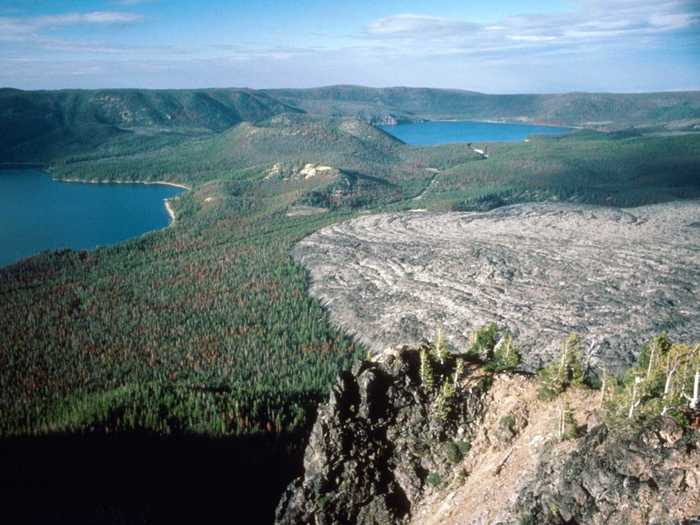
South Sister, one of the Three Sisters in Oregon, last erupted about 2,000 years ago, forming a three-mile-long chain of domes and lava flows called the Devil's Chain. It is likely to erupt explosively in the future.
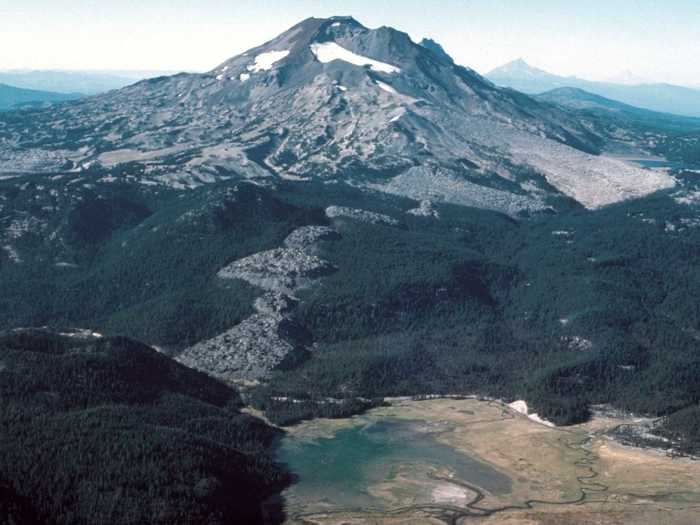
Mount Baker, in Washington state, is the highest peak in the North Cascades. It was intensely monitored following a non-eruptive episode in 1975 when magma flowed into the volcano, but much of the equipment has been dismantled since.
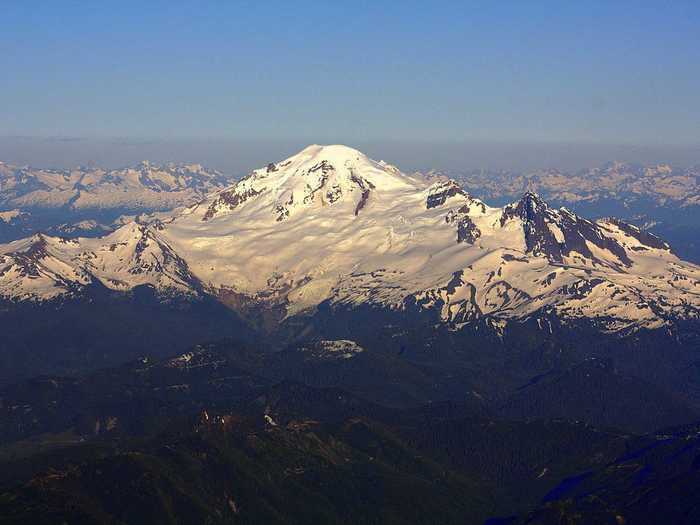
Glacier Peak, a remote volcano in Washington state, has a one in a thousand chance of beginning an eruptive episode in any given year.
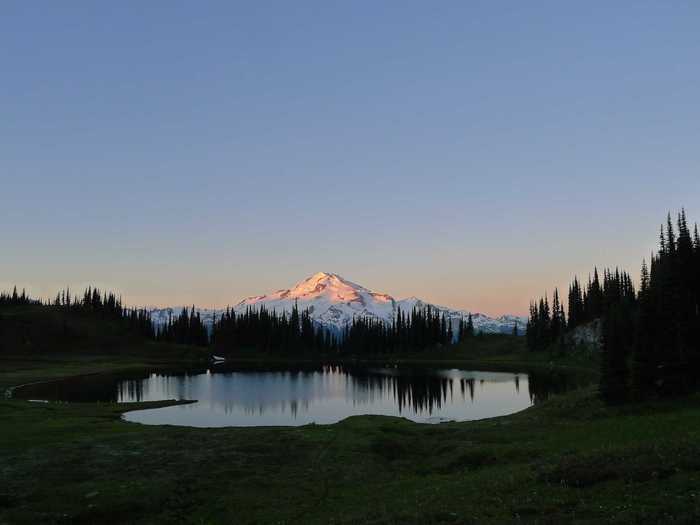
Mount Rainier in Washington state last erupted 1,000 years ago, and is virtually certain to erupt again, producing flows of rock and debris that would threaten the surrounding area.
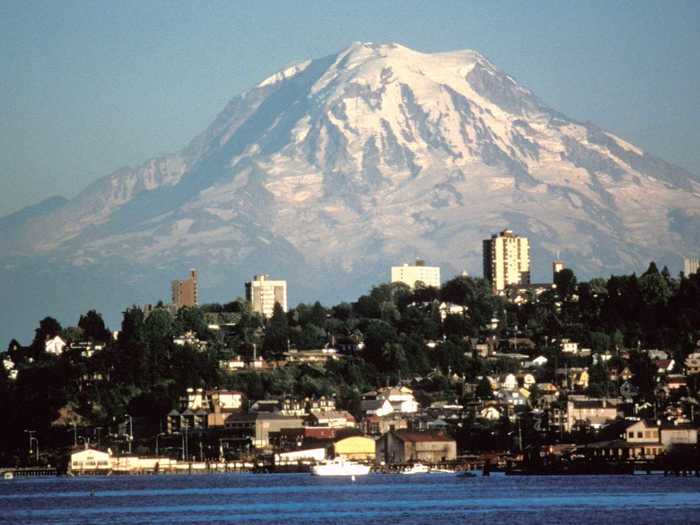
Mount St. Helens is among the most famous volcanoes in the world, due to a major eruption in 1980 that killed 57 people and caused billions of dollars in damage. It is also the most likely volcano to erupt in the US in our lifetimes.
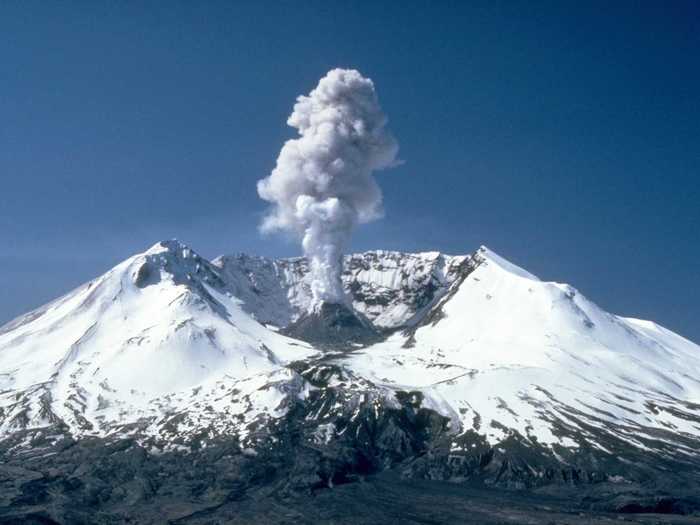
For more natural beauty, check out these irreplaceable areas of Earth.
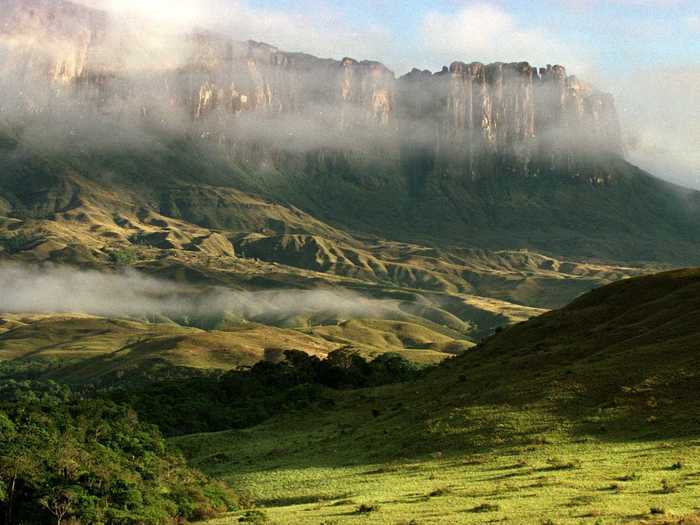
Popular Right Now
Popular Keywords
Advertisement